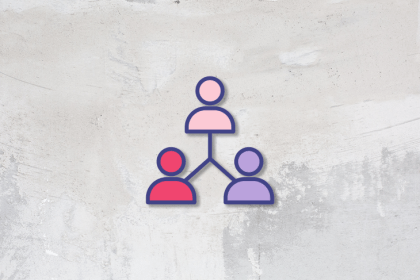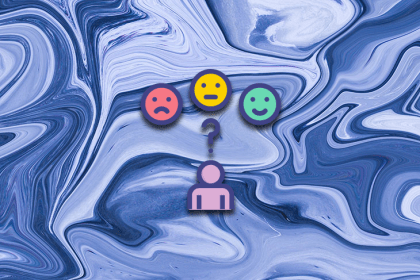
A customer advisory board is a great way to validate your assumptions with actual qualitative data from people who use the product regularly.

User research democratization is about expanding access, participation, facilitation, and ownership of UX research to other non-user researching teams.

If you see yourself as the customer, you’ll make decisions based on what YOU deem necessary. The problem is that your customers may not agree.

A buyer persona, sometimes called a customer or user persona, is a description of your target customer. It’s designed to capture who the customer is, what they do, and how they think.

The way you use release notes contributes to your overall brand perception. There are more interesting ways to convey information than just sharing dry facts.

Customer journey mapping is when you create a map of the stages customers undergo while choosing and using your product.

In this guide, we’ll define what the conversion funnel is, outline its three main levels and four stages, and walk through steps to analyze the customer journey and optimize conversion.

Discover how the insights gathered in a cohort analysis can help you identify the right steps to reduce churn and improve your retention rate.

When a customer is dealing with your product, they want all interactions to be predictable, smooth, and seamless. The customer effort score measures this.

Segmentation brings focus. A product for everyone is a product for no one. The more you focus on a specific segment, the higher the chance of actually winning and dominating that segment.

Customer centricity (or being customer-centric) means that the company or the PM puts the customer at the center of their product development process.

With the growing competition of ecommerce platforms, OTT channels, or B2C applications, activating and retaining customers revolves around how well customers are engaged.